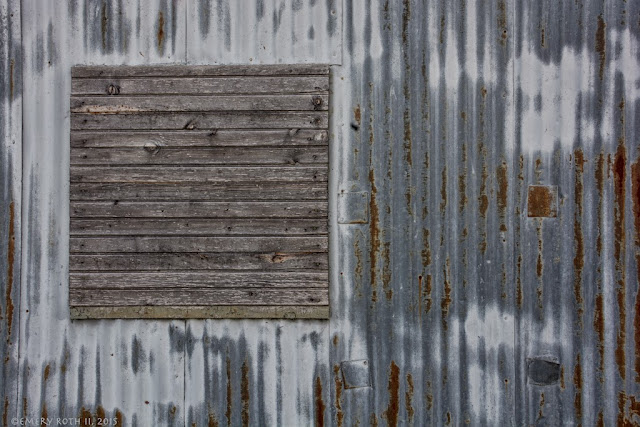PHOTOGRAPHER’S JOURNAL: The audacity of it! Three-hundred-and-sixty-three miles over which the supply of water must be monitored and sustained through knowledge and control of runoff throughout the watershed and through the management of feeder canals and reservoirs to keep the canal flowing, and never over-flowing, evenly throughout its length.
The Black River Canal is one of the feeder canals. It was built between 1837 and 1850, and it carried barge traffic for 34 miles through 109 locks from the Black River, high up in Lyons Falls, over a summit in Boonville and then steeply down through tightly clustered lock stairways to the Erie Canal. Here, midway in its course, hidden in the woods beside Route 46, is either a “flight of four” or a “flight of five locks,” once a vital byway. The path from the rim was trecherous, the ground in the lock too muddy for further exploration.
The earliest rumblings of our Faustian future were probably earth shifting beneath us for dams and canals, reservoirs, aqueducts, and water tunnels, even before there were railroads. The Erie Canal system is an engineering marvel, and it is no accident that the town where the Black River Canal meets the Erie Canal was named audaciously, “Rome.”
The upper section of the canal north of Boonville was abandoned as unprofitable in 1900, but parts of the system remained active until 1920. In 1925 it was officially declared an abandoned waterway.
What seems to me audacious, may, however, have seemed logical, even inevitable, to men who had been following the paths of the native people, portaging between rivers and ponds for a century until they knew the options for tying it all together into a waterway to reach beyond Niagara to an infinite resource with the port of New York City, its gateway.





















